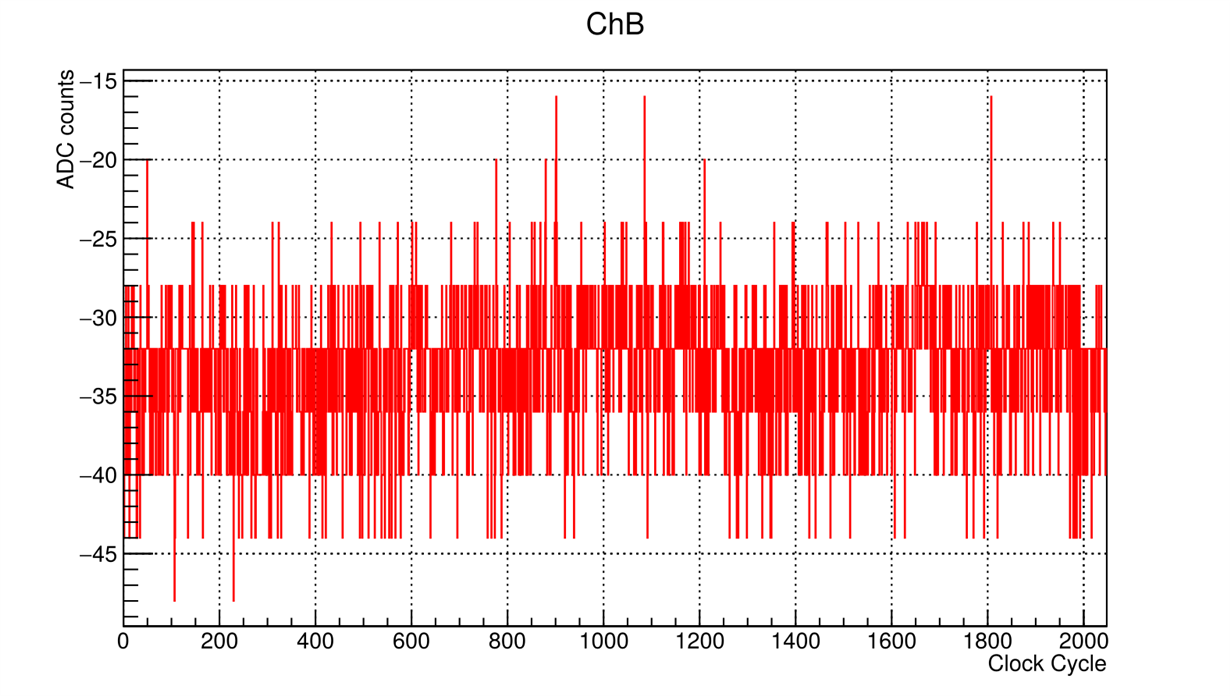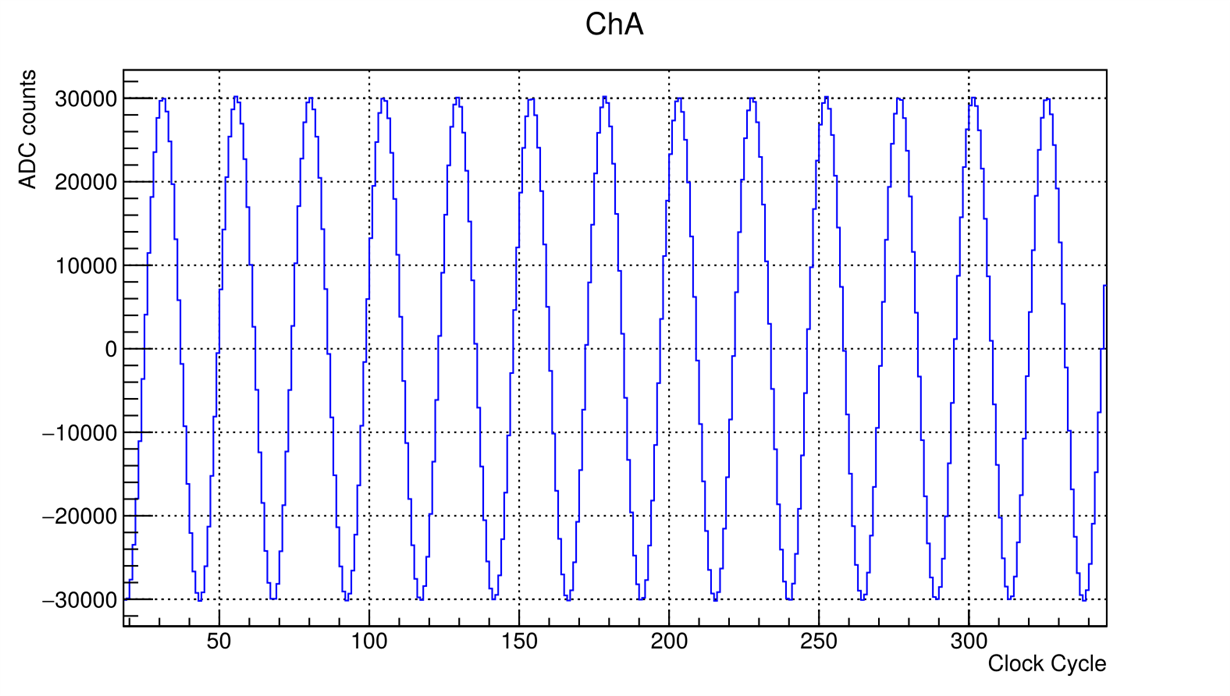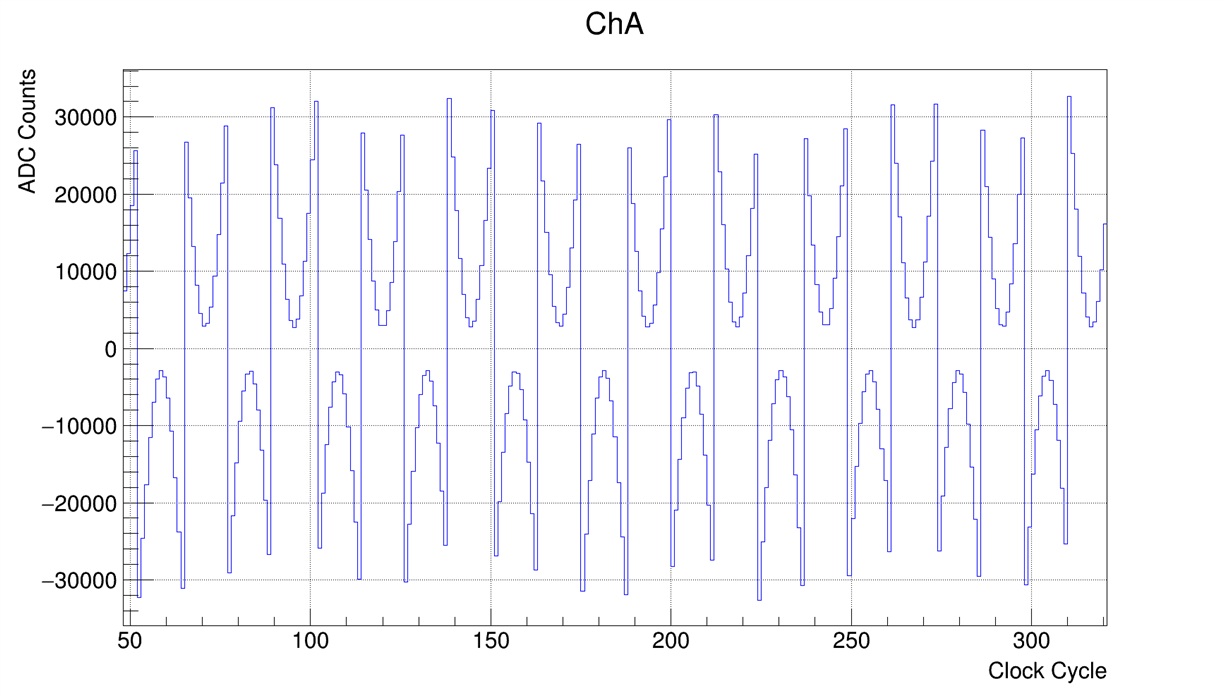Other Parts Discussed in Thread: ADS4249
Hello,
I am working with the ADS4249EVM board and I am able to correctly read the ADC digitized data (with a 245.7MHz clock and 10MHz input waveform) through an Altera Cyclone V FPGA (GX Starter Kit) and an HSMC/LVDS bridge.
The problem seems to be the serial communication with the ADC ADS4249, which is also managed by the FPGA (for this I have modified accordingly the board layout by moving the 0Ohm resistors R33, R30 and R47 to R68, R69, R70 and adding R128 ). The behavior I observe is the following:
1) I can switch correctly from offset binary to two's complement representations (I see the results on the output data of the digitized 10MHz sine wave):
Register 0x29, bits 4:3
2) I can correctly enable the HIGH PERF MODE of the ADC (I see that the VCM changes from 0.95 to 0.87 as pointed out in the datasheet):
Register address = 2h, data = 40h
Register address = D5h, data = 18h
Register address = D7h, data = 0Ch
Register address = DBh, data = 20h
3) I cannot manage to change the output by enabling the EN DIGITAL bit (register 0x42, bit 3) and then activating a digital function (e.g. test patterns, gain ...). The ADC seems to ignore such settings even if the value seems to be written successfully to the register. The output I get is still the 10 MHz waveform (input channel A) and noise (channel B is not connected).
4) I can correctly read back whatever I write to the serial registers of the ADC, also in the registers which seems to have no effect.
The clock I am using for serial interface is 5 MHz, which should be fine according to the datasheet (max 20MHz). Also according to the datasheet, to activate a digital function, let's say a test pattern, it seems sufficient to set HIGH the EN DIGITAL bit and then chose the desired pattern mode, for example Register 0x25 with data 0x4 should give a RAMP on the LVDS output pins.
Since I would like to employ the digital functions in my work, my question is if there is something wrong on the ADC side (is the register map of the datasheet correct? is the serial interface with digital functions working for you?) or if I have got something wrong in my design.
Thank you in advance





